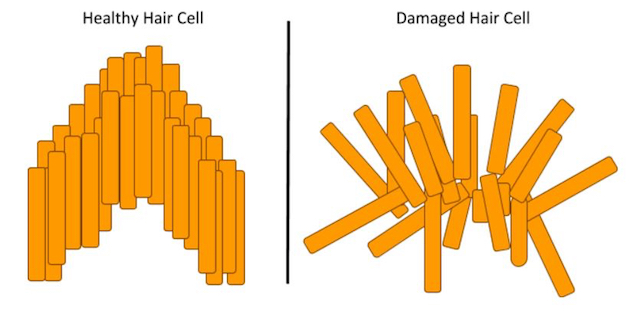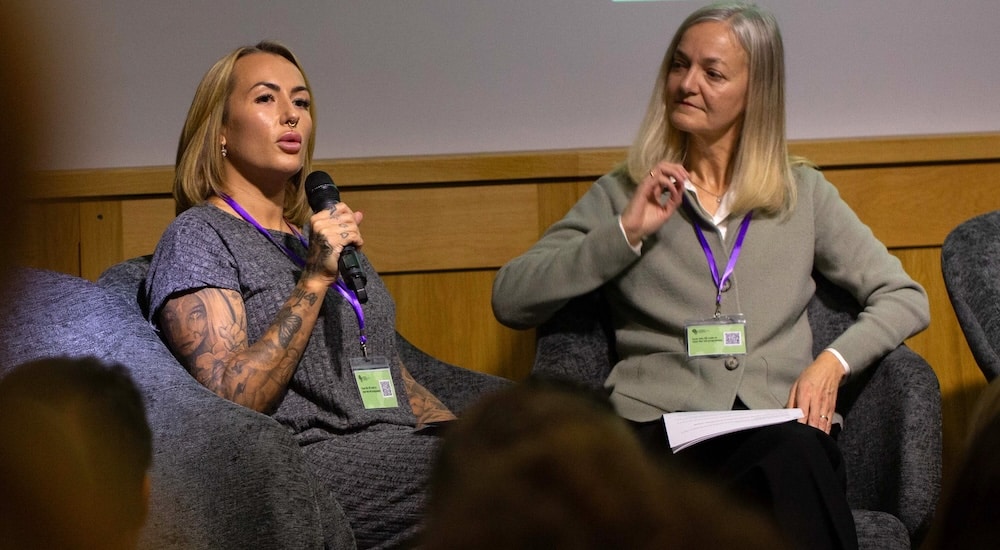Age-related hearing loss could be helped by regenerating hair cells, study suggests
hearing loss
New research using improved microscopy techniques suggests that age-related hearing loss is primarily caused by damage to inner ear sensory cells, pointing to regeneration of hair cells as a potential solvent future therapy.

Carried out by researchers working out of Boston, Massachusetts, USA, this first quantitative survey of hair cell death in normal-aging human cochleas used state-of-the art microscopy techniques that allowed researchers to actually count tiny sensory hairs over 200 times smaller than normal human hair. The counting was done on 120 human inner ears obtained at autopsy, most of whom had recent audiograms in their medical records.
It has so far been believed that age-related hearing loss was dominated by damage to the stria vascularis, the cellular “battery” driving the amplification of sound by hair cell “motors", but the researchers were surprised to find that "although many aging ears showed significant strial degeneration throughout the cochlea, our statistical models suggest that, by the time strial tissues are lost, hair cell death is so extensive that the loss of battery is no longer important to pure-tone thresholds and that audiogram slope is not diagnostic for strial degeneration."
The research revealed unexpectedly severe hair cell loss in low-frequency cochlear regions, and dramatically greater loss in high-frequency regions than seen before in any aging animal model. This, say the study's authors, "upends dogma about the causes of age-related hearing loss".
"Predicting inner ear damage from the audiogram is critical, now that clinical trials of therapeutics designed to regrow hair cells are underway," reads the study's significance statement, clearly opening up the possibility of future help from age-related loss from the regeneration of hair cells.
In 2019 a team from the Massachusetts Eye and Ear Infirmary and Harvard Medical School—the centres involved in this latest research—produced new hair cell-like cells from inner ear cells. In earlier research, the researchers demonstrated the potential of young mice to regenerate hair cells after damage.
Source: Journal of Neuroscience/RegMedNet
 Sign in
Sign in

